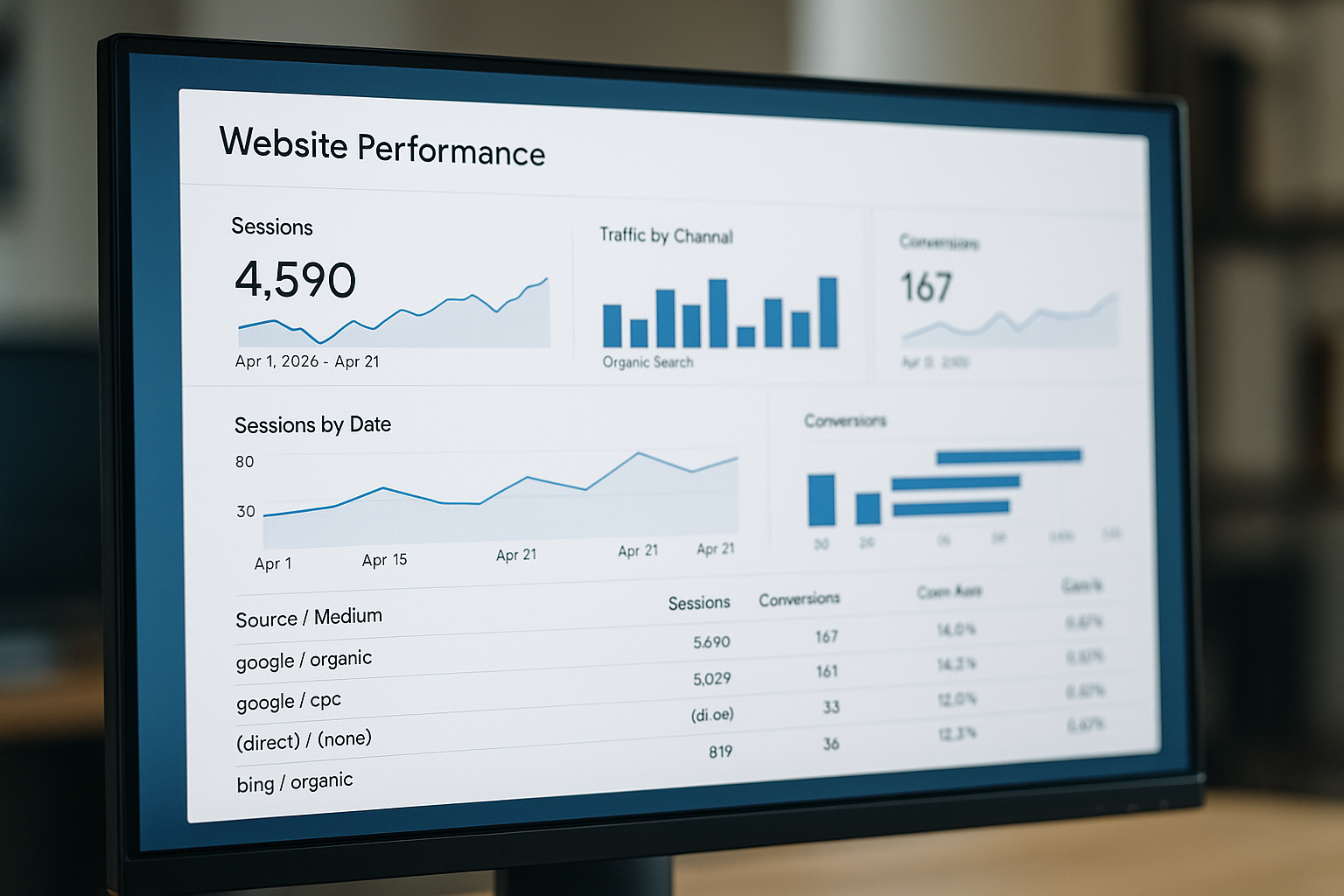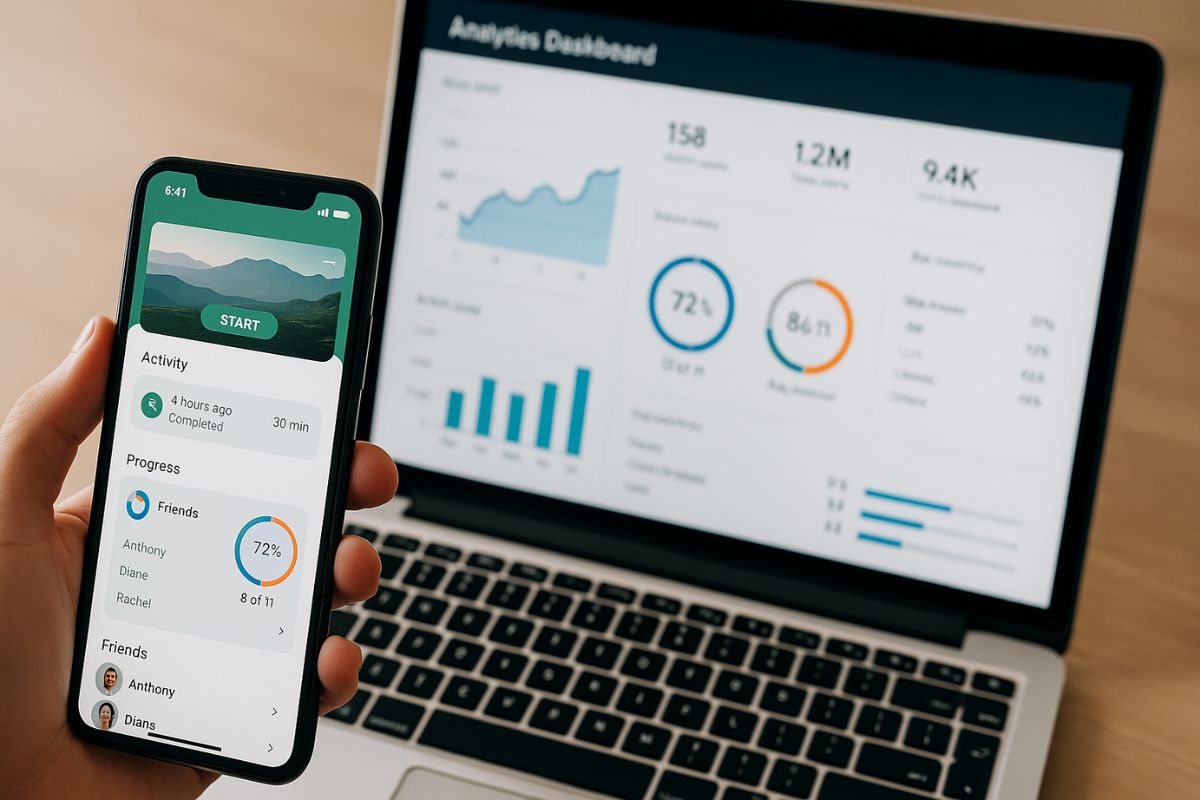
By 2025, third-party cookies will be gone for good. Chrome is finally phasing them out, while Safari and Firefox have long blocked them. At the same time, privacy regulations are tightening worldwide. For digital marketers, this isn’t a minor update; it’s a fundamental reset of how attribution works. Yet, many brands are still approaching attribution like it’s 2019. They rely on fragile pixels, cookie-based retargeting, and outdated tracking setups that quietly inflate CPAs and drag down ROAS. The winners in 2025 will be the ones who adapt early with privacy-safe, future-proof attribution frameworks.
This post breaks down the risks of the cookieless era and shows you the practical steps you can take today.
The Cookie Collapse Is Already Here
- Google began deprecating third-party cookies in Chrome this year.
- Platforms like Meta and TikTok are already constrained by iOS 17+ tracking restrictions.
- Consent banners and opt-outs mean fewer users are trackable with client-side scripts.
If your attribution still depends on third-party cookies, you’re already seeing cracks in your ROAS reports.
Why Server-Side Tracking Is the New Standard
Client-side pixels are increasingly unreliable, blocked by browsers, consent restrictions, and ad blockers. Server-side tracking solves this by sending clean, deduplicated conversion data directly to ad platforms.
Benefits of server-side tracking:
- Cleaner attribution
- Higher match rates
- Reduced data loss
Brands that adopted server-side GTM with Conversion APIs are already reporting up to 30% more attributed conversions compared to relying solely on browser pixels.
Zero-Party and First-Party Data as the Fuel
In a world without cookies, your CRM, subscriptions, and login data become your strongest competitive advantage. Collecting zero-party data (what customers willingly share, like preferences) and connecting it to first-party behavioral data builds a durable attribution engine.
This shift also makes your marketing more resilient; you’re not renting data from platforms, you own it.
Consent Mode & Privacy-First Measurement
GA4’s Consent Mode v2 is now essential. It uses machine learning to model conversions from users who opt out of tracking, preventing underreporting by 20 – 40%.
If you haven’t implemented Consent Mode, your attribution is already leaking valuable insights. Privacy-first measurement isn’t optional anymore; it’s the baseline.
Preparing for the Cookieless ROAS Gap
Here’s the reality: even with server-side tracking and Consent Mode, attribution will never be 100% perfect. That’s why marketers need to embrace:
- Model comparison (data-driven vs last-click)
- Incrementality testing (proving lift beyond tracked conversions)
- Data-driven attribution as the default standard
Clinging to last-click attribution in 2025 is the fastest way to kill profitable campaigns.
The third-party cookie era is over, but attribution isn’t dying, it’s evolving. The brands that embrace server-side tracking, zero-party data, and privacy-first measurement will be the ones leading the next decade of digital marketing.
At Y77, we’ve already helped SaaS and eCommerce brands future-proof their tracking stacks before the cookie collapse. If you’re still relying on fragile pixels and hoping your ROAS holds, now is the time to act.


